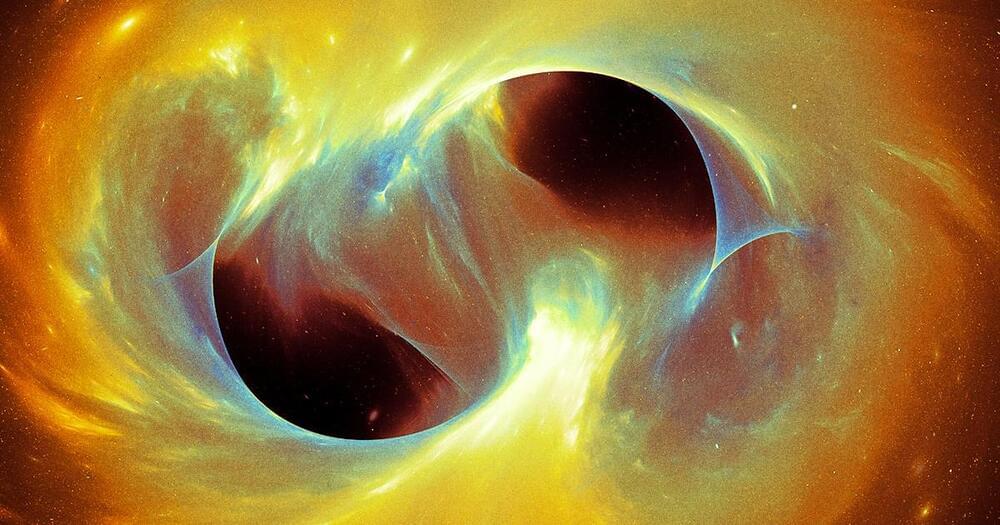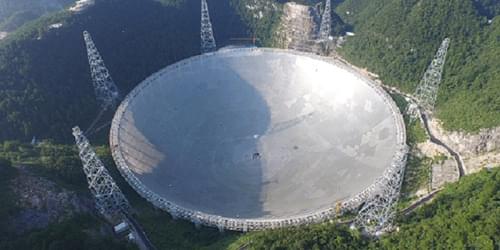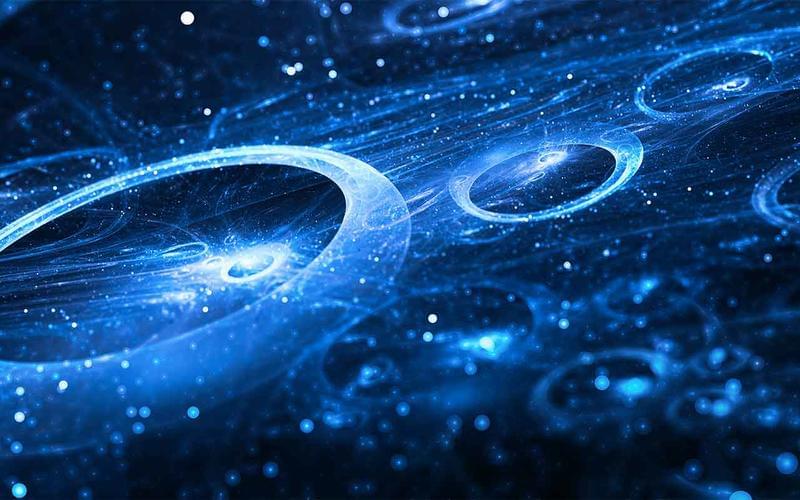Black holes are considered to be voracious and sinister monsters in space. Until today they are not measurable by normal physical means — at least almost not! Only by two circumstances the giants betray themselves: They change the gravitational forces at their locations by their uncanny large mass — and they radiate! This only minimally, but enough to be able to prove the existence of the black holes. There is something very special about this radiation and today we will look at what it is and what researchers have had to go through in the laboratory to artificially create it. Before we get to that, we ask you to contribute to our channel. Write us your personal opinion in the comments at the end of the video or share your expertise with us.
If you’re a subscriber, you’ll even get a heart and we’ll pin your important contribution to the top. Just make sure you already have a subscription to The Simply Space, like the video and mention both at the beginning of your comment. Now we continue with the mysterious glow from the black hole and an experiment that could change everything.






